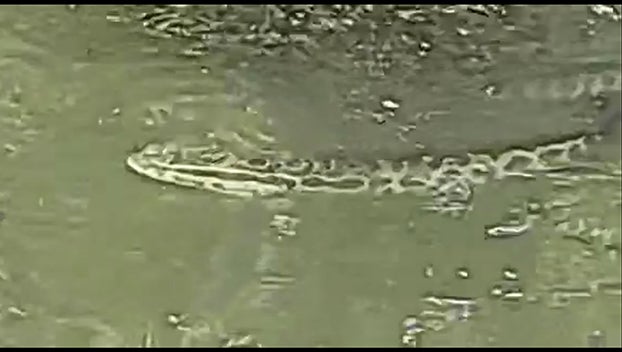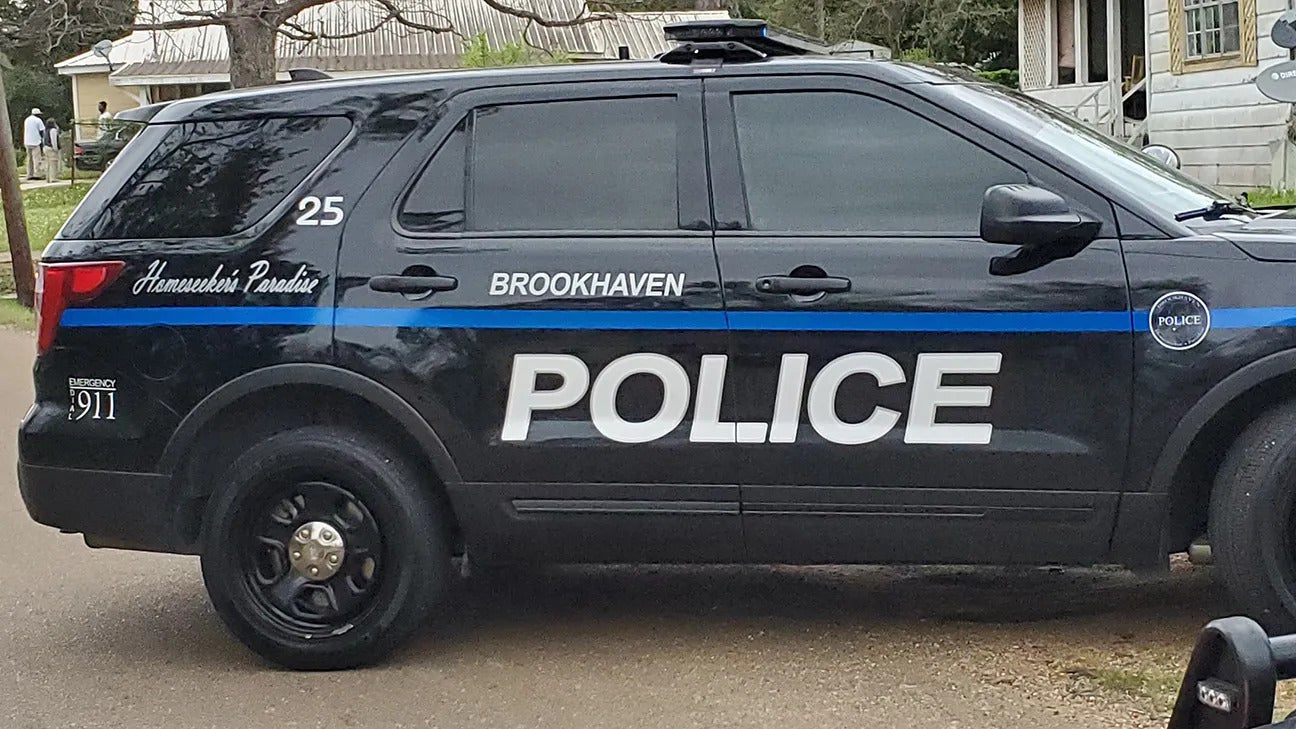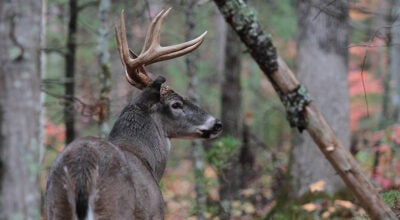Be on the lookout for snakeheads if you fish in Concordia Parish
Published 9:28 am Thursday, June 8, 2023

- A snakehead in Old River near Minorca, Louisiana in Concordia Parish. It is the first confirmed sighting of the invasive fish in Louisiana. (Submitted Photo)
MINORCA, La — A video of a northern snakehead captured by Natchez resident and angler Patrick Wells Sunday in Concordia Parish has been a wake up call for the state of Louisiana and Aquatic Nuisance Species Program Manager Robert Bourgeois. Wells said the snakehead appeared in the video to be protecting some fry, young fish, from gar and he planned to catch the state’s first one.
Anglers from Southwest Mississippi who fish in Concordia Parish or plan to should be on the look out for the invasive fish. If you do see one, report it to the LDWF, catch it, kill it, photograph it and freeze it. Make sure the snakehead is not a native bowfin.
Snakeheads are an invasive species found in 11 other states and likely migrated to Louisiana from neighboring populations in Mississippi and Arkansas. They are originally native to Asia and are highly predatory. It is illegal to possess, sell or transport live snakeheads but it is legal and safe to consume one if caught. Due to them being invasive species they have no natural predators so humans step in.
Bourgeois said the good news is other states have not seen an impact on fish as first feared by fisheries managers but they are still concerned.
According to the Maryland Department of Natural Resources, snakeheads can be found in fresh or marshy waters with water less than six feet deep. Maryland and Virginia are one of a few states with established populations. Mississippi Department of Wildlife, Fisheries and Parks reports snakeheads have a similar diet to bass such as frogs, crawfish, baitfish and panfish. Lure selection should be similar to bass but you might need stronger tackle due to the strong fish.
Snakeheads have a similar textured meat as garfish do. Maryland Department of Natural Resources reports the meat is similar to any flaky white fish such as halibut, haddock, whiting, or even striped bass.
The Louisiana Department of Wildlife and Fisheries said the name snakehead comes from the enlarged scales that cover their heads. These fish can grow up to 3 feet in length and can bear a similar appearance to native Bowfin, also known as choupique.
Anglers can distinguish between native Bowfins and invasive snakeheads thanks to a few details. Bowfins have a black spot at the base of its tail and a short anal fin while snakeheads have an elongated anal fin and a lower jaw protruding past the upper jaw. You can look at a LDWF brochure to better see the difference between snakeheads and bowfins. Bourgeois said the next step of action is to get sightings reported.
“We will monitor reports and we don’t have any plans in place yet to do any sampling. That’s not one of our usual sampling areas,” Bourgeois said. “The Mississippi River is dropping so I am not sure how much longer that area (Old River) will be accessible.”
LDWF asks people if they catch one to take a side view photo of the fish, kill it, freeze it and contact the aquatic invasive species hotline at 225-765-3977. Make sure you note the exact location of the catch to aid the department in determining the range and size of population to aid management strategies. The aquatic invasive species department can be reached via email at AquaticInvasives@wlf.la.gov.




